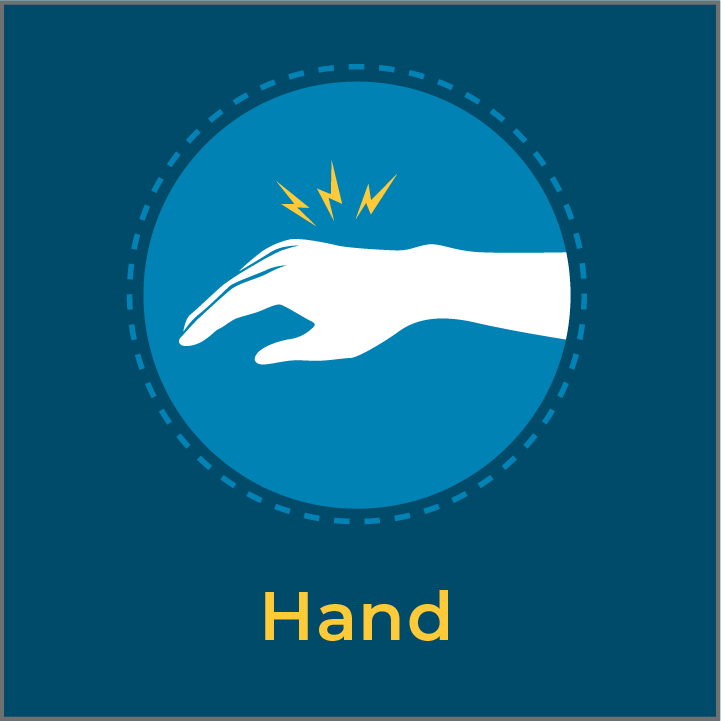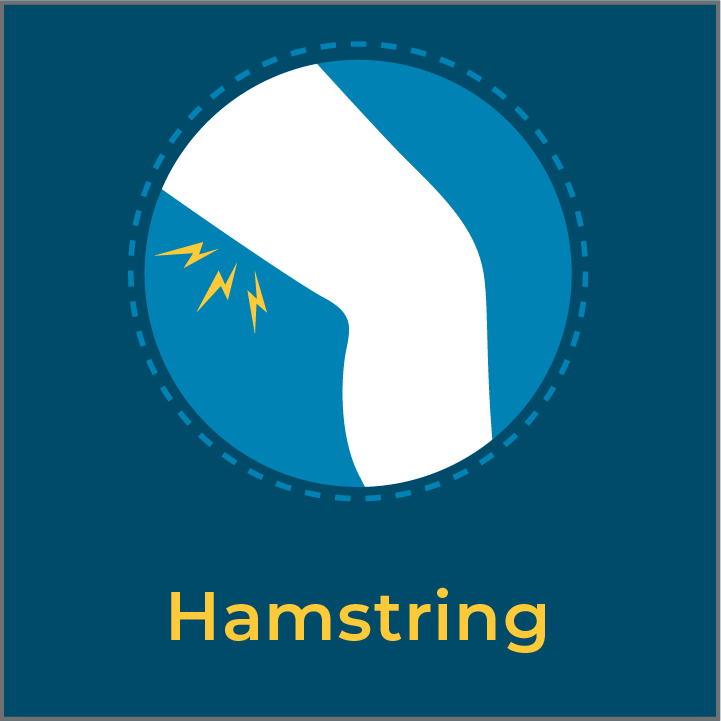Shockwave therapy, with its roots in the exploration of nature’s powerful force, has evolved into various types to cater to different medical needs. The different types of shockwave therapies offer targeted solutions for various ailments, with their efficacy stemming from their unique propagation characteristics and mechanisms of action.
Focused Shockwaves
Focused shockwaves are precisely-targeted waves that can be directed to specific areas within the body. By generating these waves outside the body and focusing them on a particular point inside, medical practitioners can target and treat deeper-seated issues without the need for invasive procedures. Focused shockwaves are employed in the management of various conditions including chronic tendinitis, calcific shoulder tendinitis, and even certain cardiovascular diseases.
Radial Shockwaves
Radial shockwaves, often referred to as radial pressure waves, are generated using a pneumatic mechanism, where a projectile is accelerated within a handpiece to strike a transmitter, producing waves that fan out from their point of origin. These waves, despite their name, are not true shockwaves. The distinguishing factor lies in their dispersion: while true shockwaves have the ability to focus energy on a precise area, radial waves disseminate their energy more broadly, making their impact less concentrated. Nonetheless, radial shockwaves are effective for treating conditions closer to the skin’s surface, such as plantar fasciitis, tennis elbow, and other superficial musculoskeletal conditions.
Broad-focused Shockwaves
Broad-focused shockwaves disperse energy across a broader and deeper area of tissue. These shockwaves are typically produced through mechanisms like electrohydraulic methods, where electrical discharge is used to generate a spark underwater, resulting in a shockwave. Given their wider dispersion of energy, they’re often used for conditions that benefit from a more generalized therapeutic approach.
SoftWave therapy is the only true broad-focused shockwave technology available today. It harnesses these broad-reaching waves to treat a variety of conditions, including diabetic foot ulcers, tendon diseases, musculoskeletal pains, and even assisting in wound and fracture healing.
High vs Low Energy Shockwave
High energy shockwaves pack a punch, delivering a powerful dose of energy typically in a single session. They are primarily harnessed for certain orthopedic ailments. In contrast, low energy shockwaves offer a gentler approach, often administered over multiple sessions, making them the go-to for conditions like tendonitis or calcifications.
Different Mechanisms of Generating Shockwaves
The therapeutic magic of shockwaves comes from diverse mechanisms, each with its distinct advantages:
- Electromagnetic Shockwave: Generated by passing an electrical current through a coil, thereby creating a magnetic field. Devices such as the Storz Duolith leverage this mechanism.
- Piezoelectric Shockwave: Here, crystals come into play. When exposed to an electric current, they generate shockwaves. The PiezoWave device exemplifies this technology.
- Electrohydraulic: An electric spark submerged in a liquid medium creates the shockwave upon discharge. The MODULITH SLK employs this method.
- Radial Waves: A more indirect approach, where a projectile is accelerated inside a handpiece, which then strikes a transmitter. Devices like the Swiss DolorClast showcase this mechanism. Read more about radial vs focused shockwave therapies.































